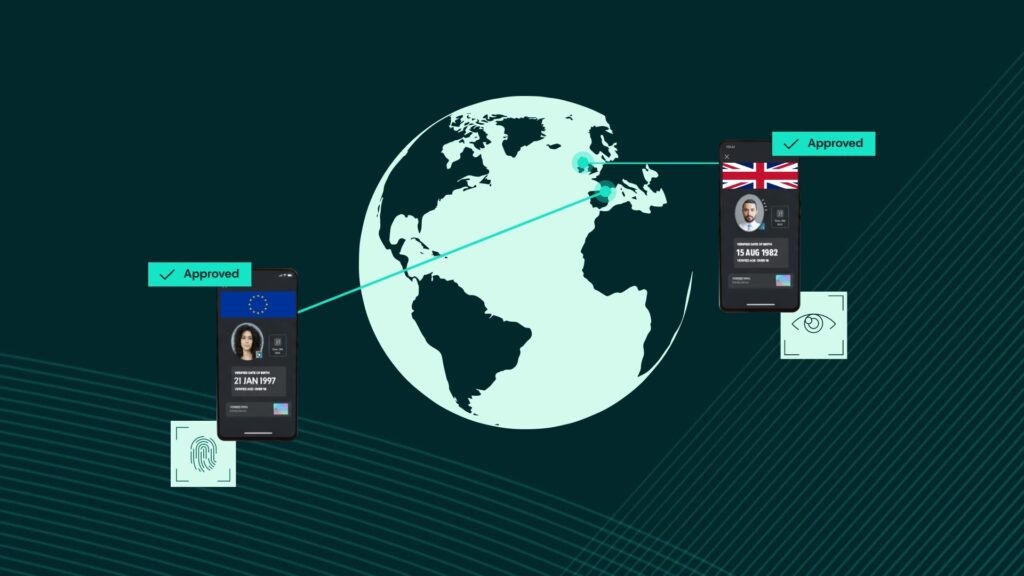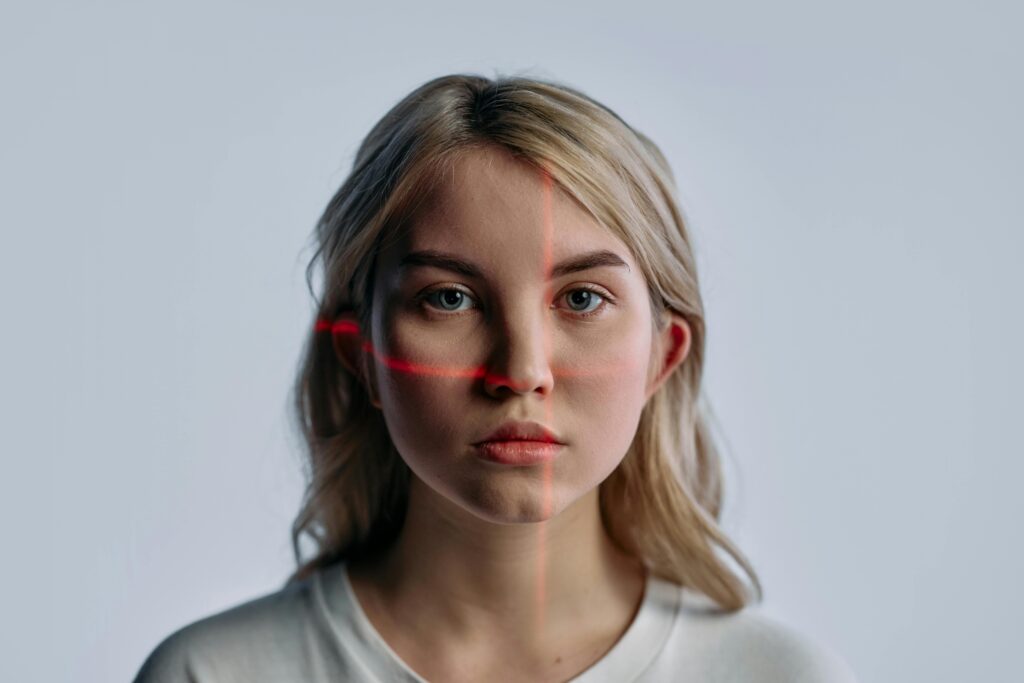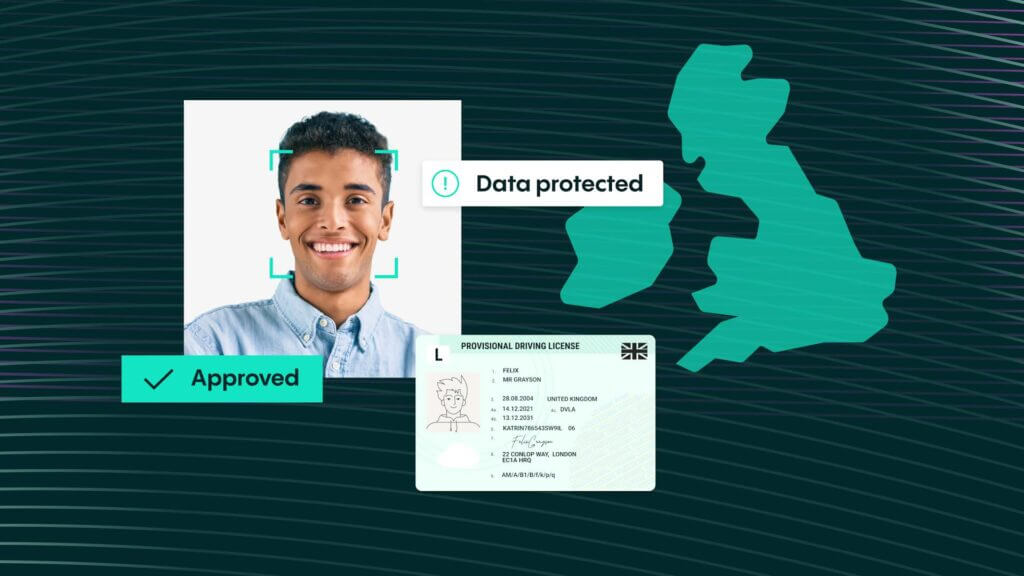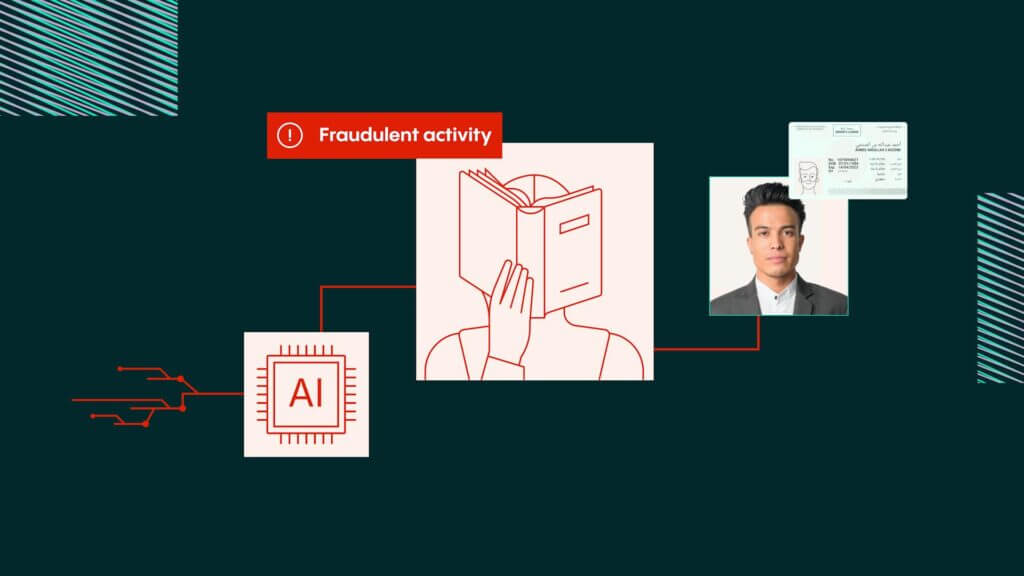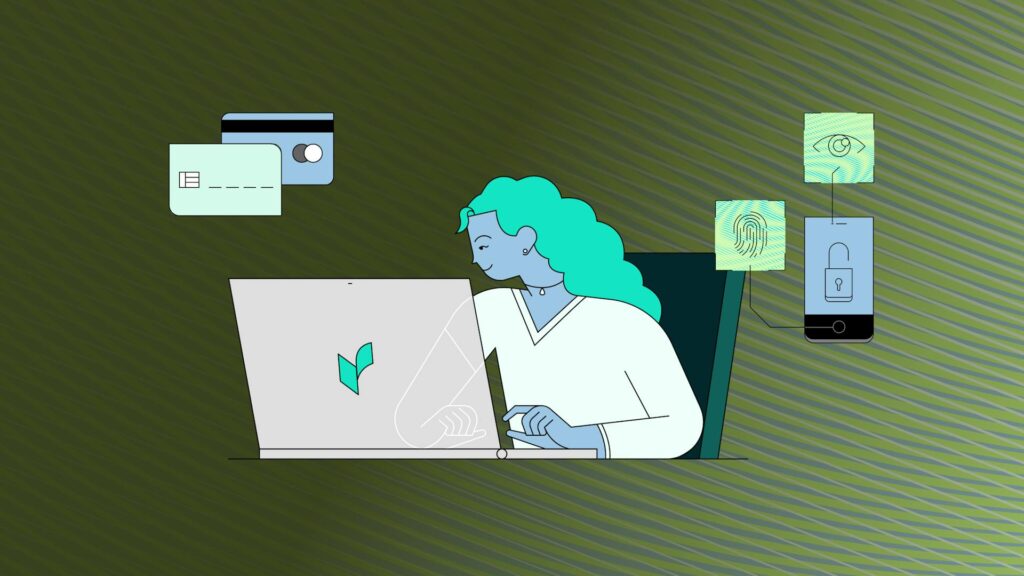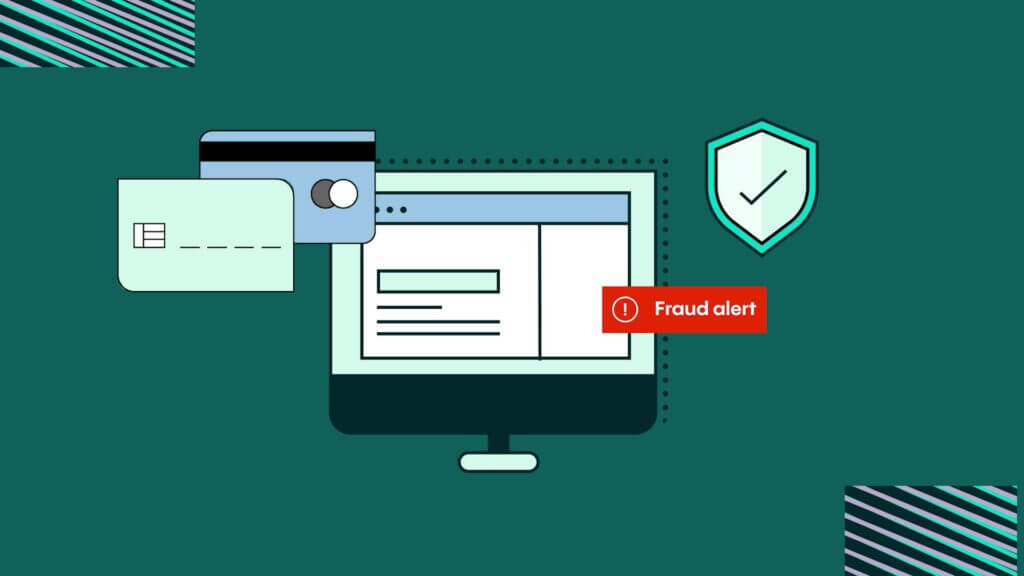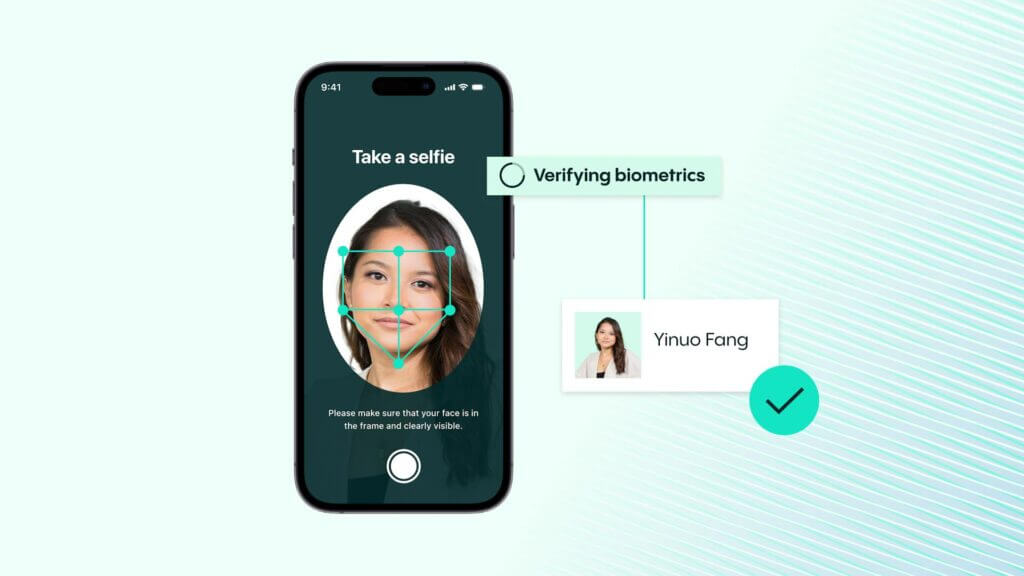IDV Article
Understanding Voter ID: What it is, why it’s required, and its impact on UK elections
In recent years, the landscape of voting in the UK has undergone significant changes with the introduction of voter ID requirements. A voter ID is a form of identification mandated by some jurisdictions to verify the identity of individuals before they are allowed to vote.
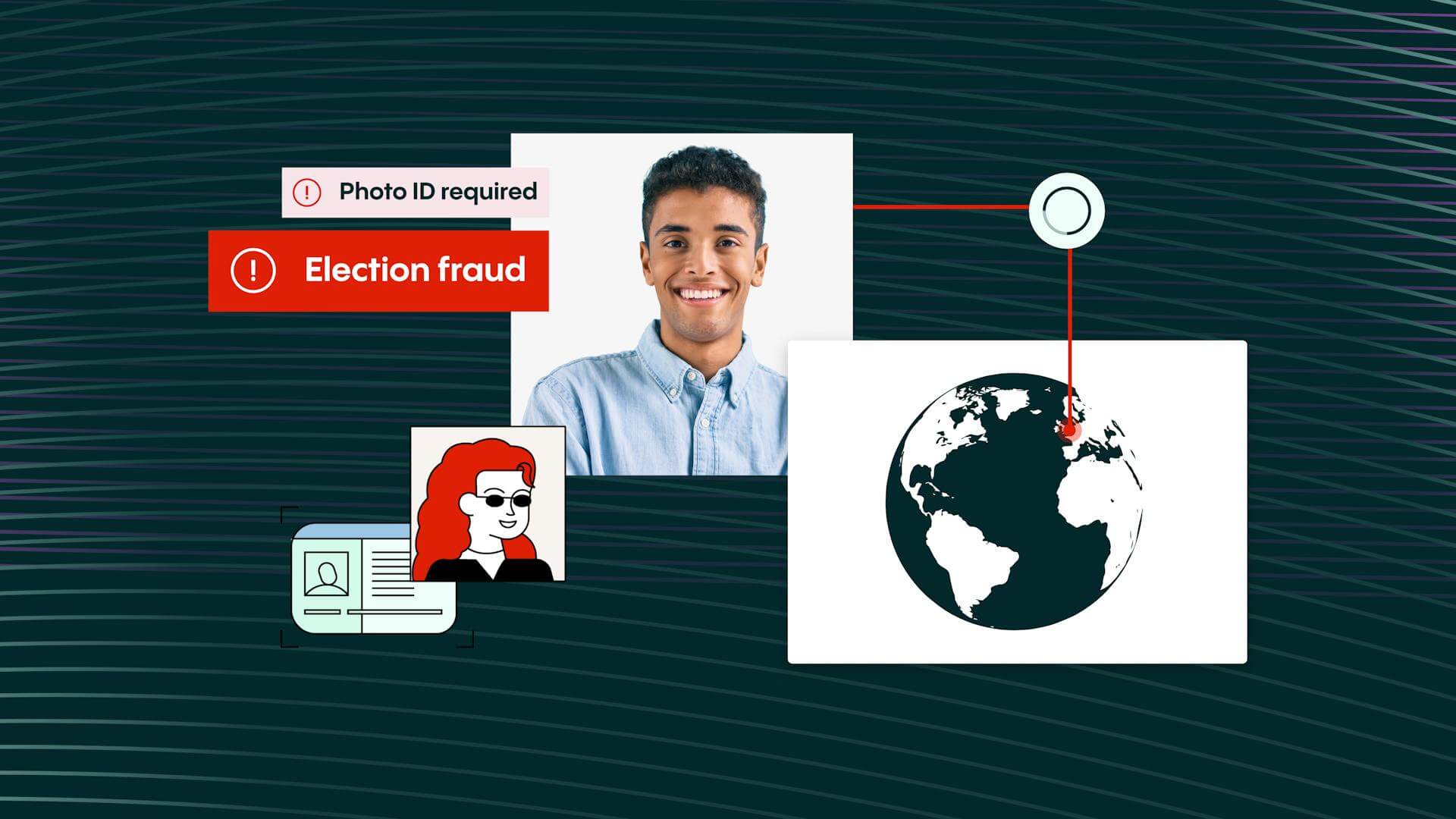
What is a voter ID?
A voter ID is a form of identification required by some jurisdictions to verify a person’s identity before they are allowed to vote in an election. The purpose of a voter ID is to prevent voter fraud by ensuring that each person who casts a vote is who they say they are and is eligible to vote.
Voter ID requirement
New rules requiring photo ID to vote in Great Britain were introduced by former Conservative Prime Minister Boris Johnson’s government in the Elections Act 2022.
The change was rolled out last year, with local elections in May 2023 the first time voters needed to show ID.
The Elections Act 2022 mandates the use of photo ID by voters in Great Britain (England, Wales, and Scotland) during parliamentary, local, and crime commissioner elections, referendums, and proxy voters.
In Northern Ireland, where voter ID requirements were already in place since the passing of the Electoral Fraud (Northern Ireland) Act 2002, this measure aims to further secure the integrity of the electoral process.
There are 22 acceptable forms of ID, including passports, driving licences, older or Disabled Person’s bus passes and Oyster 60+ cards.
People who are registered to vote can also apply for a free document known as a Voter Authority Certificate.
May 2023 local elections: Boris Johnson denied voting at polling station due to missing ID
In the local elections in 2023, former Conservative Prime Minister Boris Johnson was initially turned away from his local polling station in South Oxfordshire for failing to present an acceptable photo ID, a requirement introduced by his own government under the 2022 Elections Act. Johnson later returned with the necessary identification and cast his vote. New rules requiring photo ID were first implemented in May 2023, leading to approximately 14,000 people being unable to vote in last year’s local elections. Among those affected were veterans like Adam Diver, who was turned away due to his veteran ID card not being recognized. The government is now consulting on adding veterans’ ID cards to the list of accepted voter IDs. Despite some voters facing challenges, the Electoral Commission reported that the majority of voters were able to participate and will evaluate the new system to address any obstacles encountered.
July 2024 general elections: Voter ID requirement may have discouraged 400,000 participants
Over 400,000 voters may have been disenfranchised in the recent election happening on the 4th of July due to lacking proper ID, with minority communities disproportionately impacted. A survey found 3.2% were turned away, potentially affecting around 850,000 people nationwide. Issues like unapproved documents, name discrepancies, and photo mismatches contributed to the problem. Minority voters were hit hardest, with a 6.5% impact compared to 2.5% for white voters. The controversial photo ID requirement was part of the 2022 Elections Act, despite scant evidence of voter fraud. This rule was expected to particularly affect marginalized groups.
While a voter authority certificate is an option for those lacking ID, uptake has been low. Concerns about barriers faced by minority groups have sparked calls for reform. ‘Hope Not Hate’, an advocacy group, criticized the laws and urged against their repetition. The Labour party opposed the rule, pointing to minimal personation incidents.
How can Veriff help?
Veriff’s Identity and Document Verification solution combines AI-powered automation with reinforced learning from human feedback, and if required, manual validation. With support for more than 12,000 document specimens from more than 230 countries and territories, we offer speed, convenience, and reduced friction to convert more users, mitigate fraud, and comply with regulations.
Supported Veriff Documents Relevant to Voter ID
Veriff supports a wide range of UK documents that can be relevant for meeting voter ID requirements:
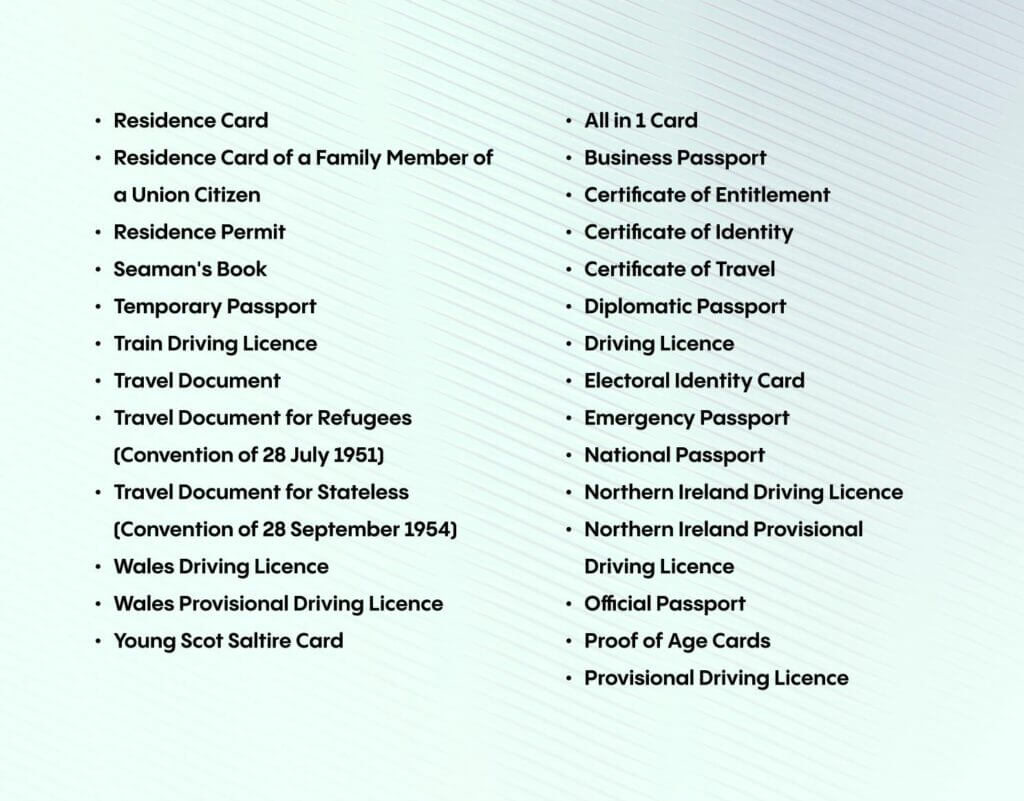

Talk to us
Our identity verification experts are ready to help build you a solution that gets more honest customers onboarded faster, and more securely, than ever before




